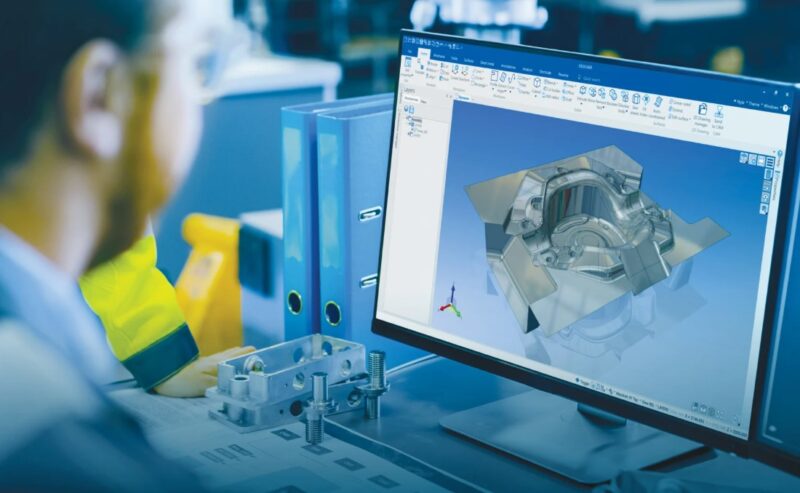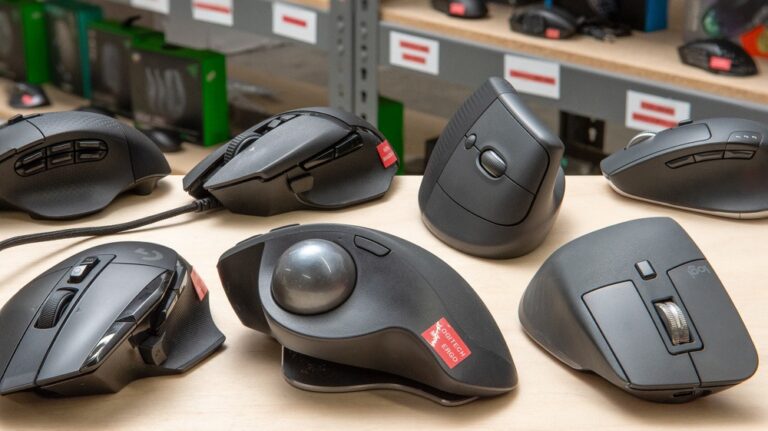In the competitive field of manufacturing, efficiency and precision are paramount. Advanced Computer-Aided Manufacturing (CAM) software has become a critical tool for businesses looking to optimize their production processes.
By seamlessly translating design data into manufacturing instructions, CAM software enables companies to create complex parts and components with higher speed and accuracy than ever before.
The Role of Advanced CAM Software in Modern Manufacturing
Modern manufacturing is marked by the need for speed, adaptability, and precision. Advanced CAM software lies at the heart of meeting these requirements. By providing manufacturers with the tools to automate much of the production process, CAM software significantly reduces the time taken to go from concept to final product.
Moreover, CAM software facilitates improved collaboration between design and manufacturing teams. With a shared understanding of the design specifications and manufacturing constraints, these teams can work more synergistically, leading to enhanced product development cycles.
For businesses looking to stay competitive, the integration of systems like the ESPRIT CAM software can offer a significant advantage. Equipped with robust simulation capabilities, CAM software allows for the verification and validation of machining processes before actual machining, thereby saving time and reducing the likelihood of costly errors.
Advanced CAM software also supports a variety of modern manufacturing technologies such as additive manufacturing, 5-axis machining, and complex multi-tasking machines. This versatility enables manufacturers to keep pace with industry advancements and continuously improve their production capabilities.

In addition, these tools often integrate artificial intelligence and machine learning algorithms that can analyze machining patterns and suggest optimized tool paths based on previous runs. This data-driven approach not only enhances productivity but also enables predictive maintenance, helping manufacturers anticipate issues before they cause downtime.
Streamlining Design to Production with CAM Integration
One of the most notable benefits of CAM software is the streamlining of the transition from design to production. Designers can work with confidence knowing that their digital models can be accurately translated into physical parts without significant rework. This seamless transition is made possible by CAM software’s capacity to interpret computer-aided design (CAD) data and generate efficient tool paths.
Integration of CAM with other enterprise systems, such as Product Lifecycle Management (PLM) and Manufacturing Execution Systems (MES), ensures that data flows unhindered across different stages of production. This connected ecosystem minimizes data duplication and entry errors, which traditionally plague manual transitions from design to production.

Additionally, by enabling the design team to get immediate feedback on the manufacturability of their designs, CAM software facilitates a more iterative and dynamic design process. This can significantly reduce the time and cost associated with prototyping and testing, as potential manufacturing issues can be identified and resolved early in the design phase.
More advanced systems even allow for digital twins, virtual replicas of physical parts and machines, that provide real-time insights into performance. This feature empowers engineers to test different machining scenarios virtually before committing to actual production, ensuring optimal outcomes with minimal waste.
Enhancing Precision and Reducing Errors Through CAM Technology
Accuracy is crucial in manufacturing, and CAM technology excels in enhancing precision. Complex geometries that would be extremely difficult, if not impossible, to achieve manually can be created consistently using CAM software. This high level of precision ensures that each part meets stringent quality standards and fits within the specified tolerances.
Human error can be a significant factor in the operational inefficiency of manufacturing processes. CAM software’s advanced algorithms reduce the potential for error by automating calculations and tool path optimizations. This capability not only improves accuracy but also contributes to the longevity of tools and machinery by preventing unnecessary wear and tear.
Quality control benefits immensely from CAM software, with features like in-process inspection and tool wear monitoring. These features help maintain part quality throughout the production run, alerting operators to any deviations in real time.
As manufacturing environments continue to embrace smart factory principles, CAM systems are increasingly linked with IoT (Internet of Things) devices, enabling live data tracking and adaptive machining adjustments. This integration helps maintain consistent product quality even under variable conditions.

The Impact of CAM Software on Production Speed and Cost Efficiency
The adoption of CAM software has a profound influence on production speed. Manufacturers can significantly reduce programming times, leading to quicker setup and shorter machining operations. Consequently, more jobs can be completed within the same timeframe, directly boosting productivity and profitability.
Cost efficiency is another vital area where CAM software makes a tangible difference. By optimizing tool paths and reducing cycle times, the software enables manufacturers to make the most of their raw materials and minimize waste. Moreover, the efficiencies gained from automation translate into reduced labor costs and less need for overtime.
The strategic planning capabilities of CAM systems allow manufacturers to plan their production schedules more effectively. With better forecasting and machine utilization, companies can ensure that they are maximizing their resources without compromising quality. This comprehensive planning leads to a more stable and predictable manufacturing operation.
Overall equipment effectiveness (OEE) is a key performance indicator in the manufacturing industry, and CAM software has a positive impact on it. By integrating CAM systems, companies can experience fewer machine downtimes, reduced maintenance issues, and a smoother production flow, all contributing to a higher OEE score and improved bottom line.
Altogether, the integration of advanced CAM software into the manufacturing workflow offers transformative benefits, including improved speed, precision, and cost-efficiency. Manufacturers who invest in these high-tech solutions stand to gain a considerable competitive advantage in an ever-evolving marketplace.

A Future-Oriented Manufacturing Approach
Altogether, the integration of advanced CAM software into the manufacturing workflow offers transformative benefits, including improved speed, precision, and cost-efficiency. As industries move toward fully automated and data-driven production systems, CAM technology will play an even more central role in bridging the gap between design innovation and operational execution.
Manufacturers who invest in these high-tech solutions today are not just improving current performance, they are laying the foundation for sustainable competitiveness in the smart manufacturing era.
Related Posts:
- Integrating Behavioral Health Electronic Health…
- Unlocking Potential: 5 Benefits Of Python Coding For…
- Unlocking High ROI: How Advertisers Can Dominate…
- Agile Development ─ The Benefits and Best Practices…
- 5 Accessories to Transform Your Mercedes Sprinter…
- Turn Your Gaming Hobby into Income - How to Get Started?








